
Designing a Kitchen for Visually Impaired Homeowners
At some point in life, everyone is affected by visual impairment whether it’s a family member, friend, or yourself. Although this is a condition that nobody wishes for, there are ways to make living at home and functioning in your kitchen much more comfortable and stress-free.


As we all know, there are many kinds of visual impairments. These conditions can start from birth or arise from health conditions like macular degeneration which causes a blind spot in the center of your vision. Other circumstances like accidents and trauma can also be the cause of blindness or partial blindness.
The CDC says that “Approximately 12 million people 40 years and over in the United States have vision impairment”, but the good news according to healthline.com is “85% of people who have vision loss have some remaining vision”. This provides a huge opportunity to design safe and functional spaces so anyone who is visually impaired can still live an independent life and function in their kitchen.
Here are 12 things to keep in mind when creating a kitchen design for visually impaired homeowners.
1. Kitchen Cabinets
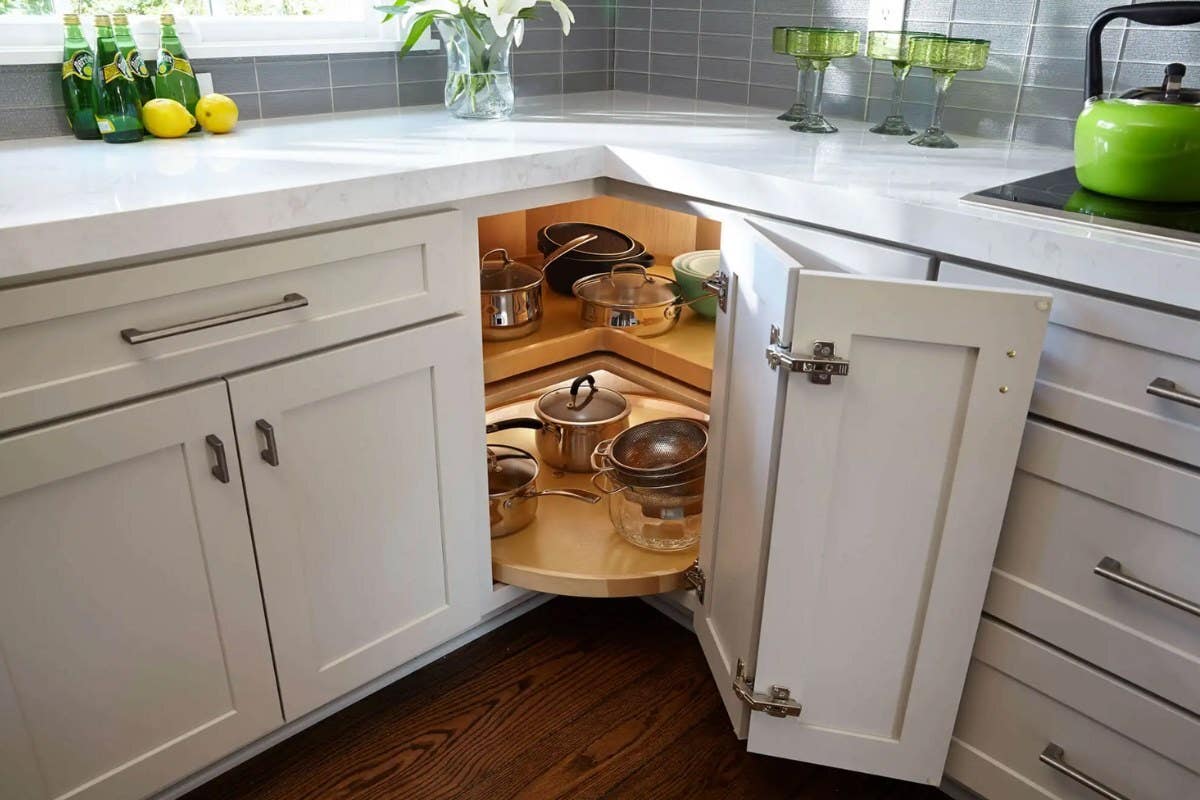

One of the most important things you can pay attention to in a kitchen design for the visually impaired is the cabinets. After all, cabinets are not only the most costly component, but they also set the tone for organization and the way the homeowner moves in the space.
Make it a point to include cabinets that are easy to use and simplify daily life. This could include anything from drawer base cabinets and roll-out trays, to lazy susans and pull-down shelves. Anything that brings the contents of the cabinet out into plain sight will make it easier to find what’s needed without having to rummage.
2. Contrasting Colors


Designing a safer space for visual impairments doesn’t have to be complex. The more contrast you can create in the kitchen, the better. Use contrasting colors to differentiate one area from another. For example, try using painted wall cabinets with a contrasting wood finish for the base cabinets.
Additionally, this concept can be used for wall paint, light switches, outlets, and hardware. Add patterned materials against plain, like a textured and multi-colored backsplash against smooth two-tone cabinetry and the homeowner will find their kitchen much more comfortable to use.
3. Cabinet Pulls
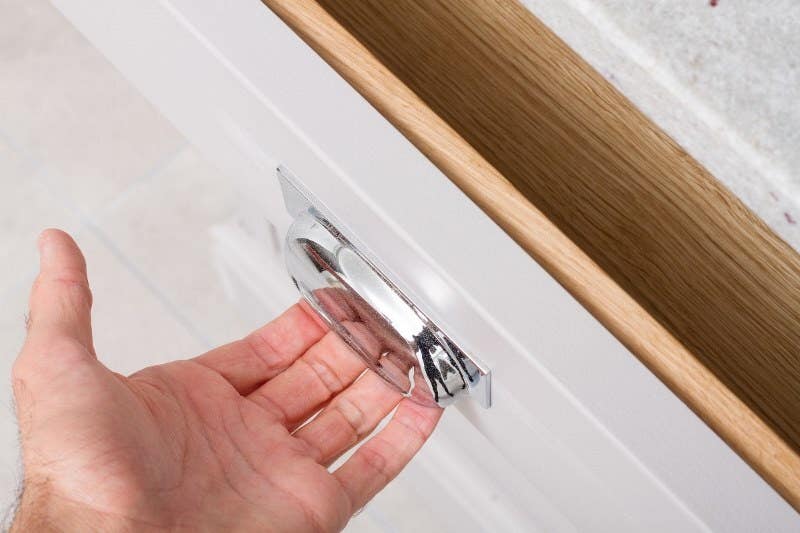

Because of the nature of visual impairments, any time you can provide solutions that are larger and easier to see, it will make the kitchen remodel more functional. That’s why cabinet pulls or bins pulls are the ideal cabinet hardware to use. Larger hardware has more surface area making it easier to grab the cabinet door.
4. Counter-Depth Appliances
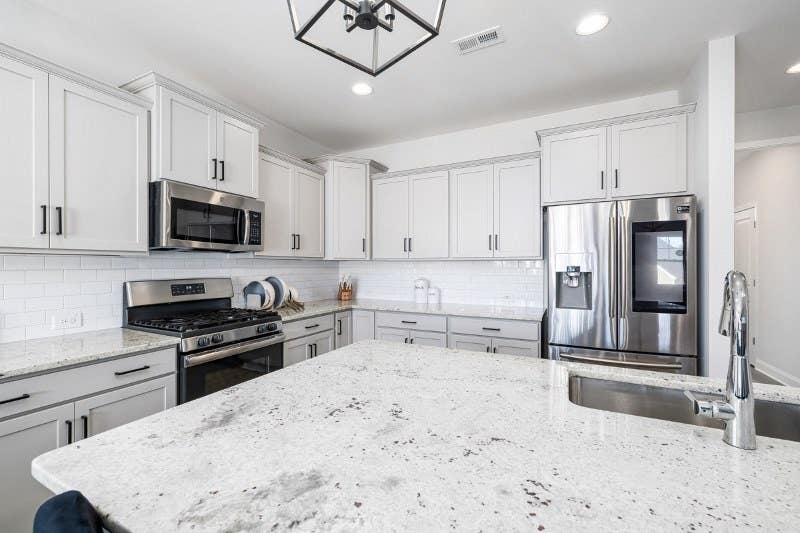

Counter-depth appliances are a great way to improve overall kitchen function. Purchasing appliances that are shallower keeps walkways clear of obstructions and prevents trips and falls. When you don’t have to worry about protruding appliances or large items in the kitchen, it makes cooking more enjoyable.
5. Non-Slip Flooring


Choosing high-quality non-slip flooring benefits everyone. Any luxury vinyl tile, laminate, or unique flooring like cork tiles will do to combat a slippery surface. Be sure to stay away from flooring like polished stone, porcelain, or ceramic tiles. Though they are beautiful, it’s easy to slip or lose your balance.
6. Open-Concept Kitchen Design
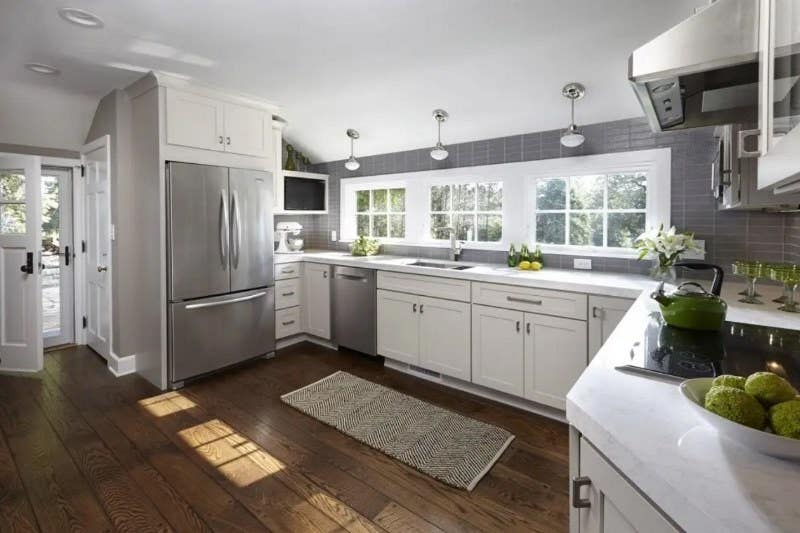

Open-concept kitchens are not just popular in the design industry, but they are a must in any home for someone with vision conditions. When the kitchen layout has fewer walls and obstructions, it’s easier to move around and find what you need. If your space is more enclosed, work to create more openings like wall cutouts or half-walls so the kitchen is more accessible from every area.
7. Defined Spaces and “Way-Finding”
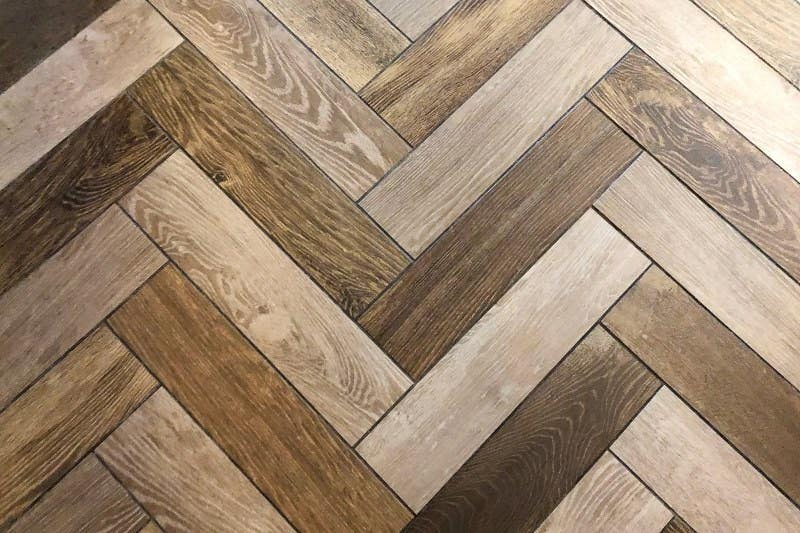

When designing spaces for anyone relying more heavily on their sense of touch, focus on creating defined spaces through a concept called “way-finding”. The easiest way to understand this concept is that it creates “pathways” by using textured materials throughout the space.
This could include creating a herringbone pattern on the floor through textured tiles, or adding textured paneling or tile on the walls that guides the homeowner to different areas of the home through touch.
8. Softened Corners
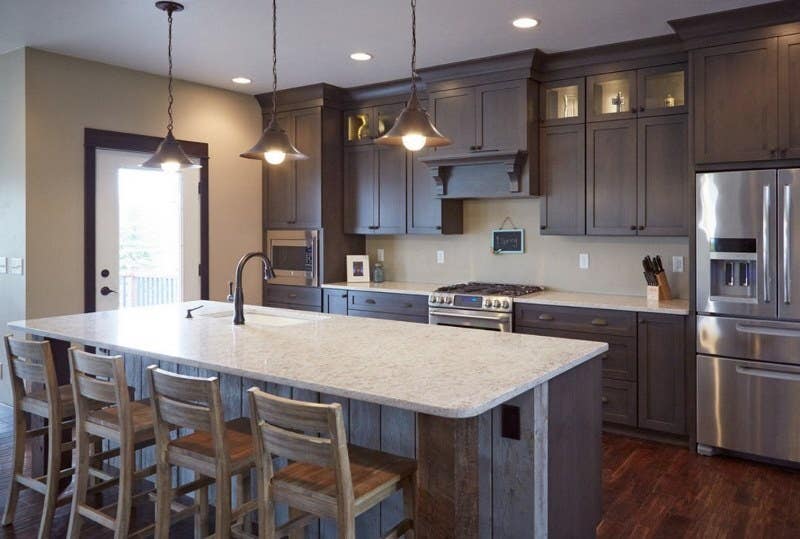

To prevent injury, consider making use of softened corners. In the kitchen, this can be applied to countertop corners, stand-alone coffee bars, and in-kitchen furniture like buffets or re-purposed armoires. If at all possible, smooth out rough or sharp edges so any future bumps don’t turn into bruises.
9. Improve Overall Lighting
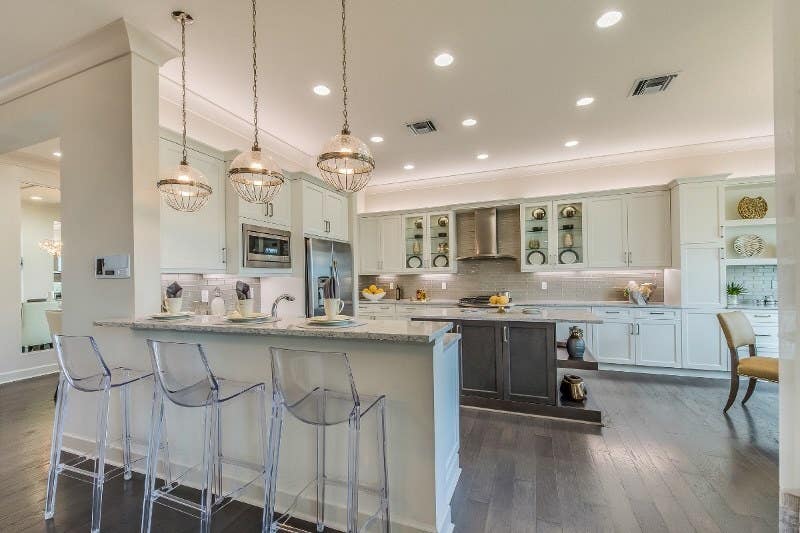

Light in any room of the house is very important, particularly in the kitchen for the visually impaired. It’s important to help homeowners maximize their remaining vision as much as possible. Focus on improving natural light and overall task lighting. This can be done by adding windows, using light-diffusing window coverings, and adding brighter task lighting.
Keep in mind that light fixtures should never be pointed directly at the homeowner’s eyes, or this could cause a blinding or white-out effect. Well-lit spaces overall will help blind people navigate their homes better and provide a more comforting experience.
10. Acoustical Ceilings


Believe it or not, acoustic ceilings aren’t just for large commercial buildings and theater rooms. Using acoustical ceilings in a home or kitchen design can significantly improve chaotic noise levels for a blind person. Even the occasional drippy faucet and hum from a refrigerator can be subdued with the help of a noise-canceling ceiling treatment.
11. Organize & Label
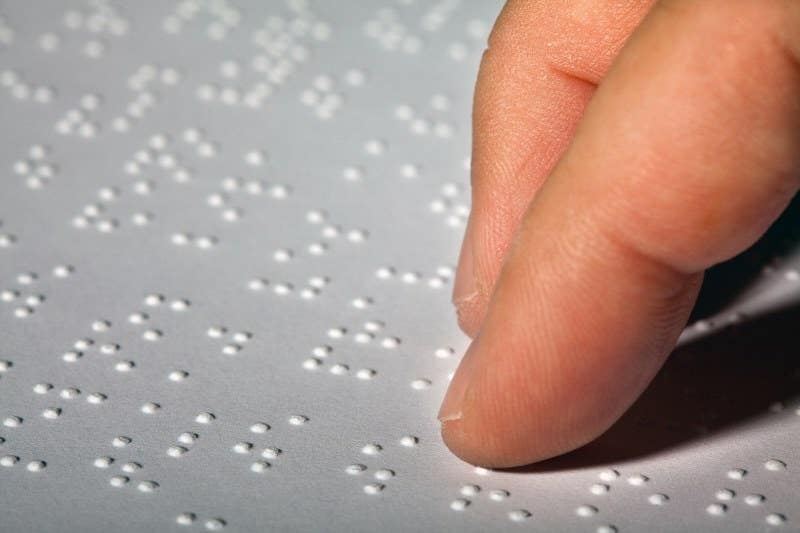

Organization is the key to an accessible kitchen. There are various ways to approach this but start with finding locations for common kitchen items like pots and pans. Items like this should be stored in an easily accessible cabinet like a drawer base next to the range, or roll-out trays under a cooktop. Make sure wherever these items are stored that they are at an accessible height where the homeowner doesn’t have to stretch, get a stool to reach, or bend down and dig in a cabinet.
In relation to storage, another great way to organize is by using tactile labels or braille labels. Both textured forms of communication will make a drastic difference in day-to-day life for someone dealing with vision issues. These could be used by light switches, on oven dials, pantry storage containers, canned goods, and more.
The last thing to consider is where the homeowner likes to store their things. They need to find necessities once you leave, so if everything is reorganized and they aren’t informed of the new locations, this might leave them very frustrated and confused.
12. Voice-Controlled Technology


It seems like the age of smart home assistants is in full swing. There is no better way to assist someone with visual impairments than with voice technology. With voice-controlled thermostats, smart home assistants that assist with music, lighting, fans, and door-locking, plus much more, it’s easier than ever to avoid looking at a screen.
There are even devices that can help audibly identify items throughout the home. Be sure to implement some of these conveniences in the kitchen, and the rest of the home to assist in everyday life.
We have some final tips that didn’t quite make the kitchen remodeling list, but will still provide safeguards and comfort in the kitchen for someone with vision loss. Find cut-resistant gloves for chopping veggies and preparing food. There are also clever tools like cool-touch oven rack guards that keep you safe from burns. Lastly, using fragrances like flowers in a specific area of the kitchen can help the blind orient themselves within a room.
Overall, if you’re being thoughtful of what visually impaired people experience on a daily basis, you are bound to help them create a comfortable, inviting, and functional kitchen design. Use these tips as a starting point to discuss their wants and needs. In the end, everyone’s visual condition is unique, so their kitchens should be too.
Get started on a kitchen design today!
